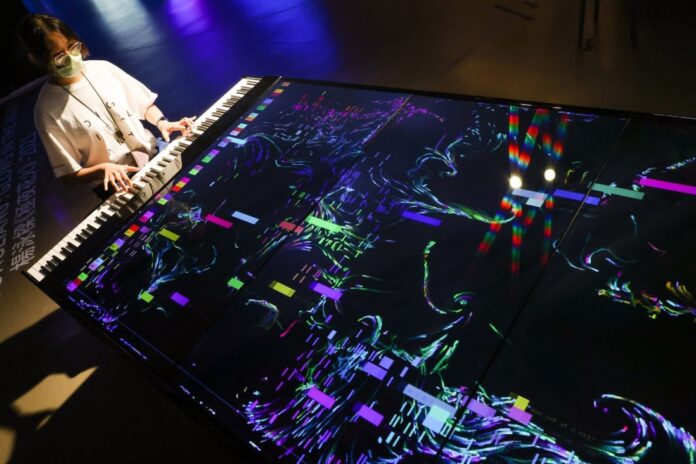Blockchain and bitcoin may go hand in hand, but what do art and blockchain have to do with each other? As it turns out, quite a lot actually. From verifying the authenticity and provenance of works to incentivizing new forms of digital art through non-fungible tokens (NFTs), blockchain technology is having a huge impact on the art scene.
Below you will find 4 ways the art world needs blockchain technology.
Auction house sales
Since 2015, the t blockchain echnology began to be used not only as a cryptocurrency. Shortly after the launch of Ethereum, two of the world’s leading auction houses – Christie’s and Sotheby’s – began using blockchain in their operations.
In 2018, Christie’s New York became the first auction house to make a sale on a blockchain platform, selling the Barney A. Ebsworth collection of more than 90 artworks for US$318 million with all of its transactions recorded entirely via the blockchain-secured registry, Artory.
Blockchain technology allowed potential buyers to view a complete transaction history of the works in the auction before bidding. And collectors who registered their artworks could do so anonymously without storing their information on the database.
In March 2021, blockchain technology really blew up, thanks to Beeple’s record-breaking US$69.3 million (£50 million) NFT sale of Everydays: the First 5000 Days in a Christie’s auction.
Keeping it real
Blockchain technology has many uses in the art world today, the key being to verify the authenticity and provenance of works of art. When art is registered on the blockchain through companies such as Artory, Codex or Verisart, data such as artwork details, records of past sales, repairs, transportation, exhibition history, ratings, and image hashes are stored in a single “block” that is safe and available for sharing.
Blockchain technology has also inspired a whole new generation of artists, art forms, collectors and marketplaces, most notably through NFTs, or non-fungible tokens.
Thanks to tokenization of art digital artists could finally authenticate their artworks, create a scarcity for them and sell them directly to consumers.
Art-focused platforms
Blockchain-based art marketplaces emerged to give artists more control over their artworks. Arcual is blockchain ecosystem co-founded with Luma Foundation, a Swiss non-profit that supports independent contemporary artists.
Arcual provides smart contract solutions for creators and gallery royalties, custom payment terms, sales agreements, verified provenance and digital certificates of authenticity. It was built from the ground up as its own blockchain specifically for the art world, whereas other companies utilise existing blockchains specialised for cryptocurrencies.
The art of blockchain
Blockchain technology continues to inspire new and innovative art forms, such as Henry Chu’s Blockchain Piano. A digital art installation that combines cryptocurrency with music, each keystroke buys cryptocurrency at the same time, turning the real-time market price into a musical note. The resulting melody epitomizes the volatility of the market, turning investment behavior into art.
Back in 2021, Ora-Ora became the first gallery to showcase NFT art at Art Basel, but Tsui-Leung believes there is still a long way to go before blockchain-based art surpasses traditional and contemporary art forms.

























